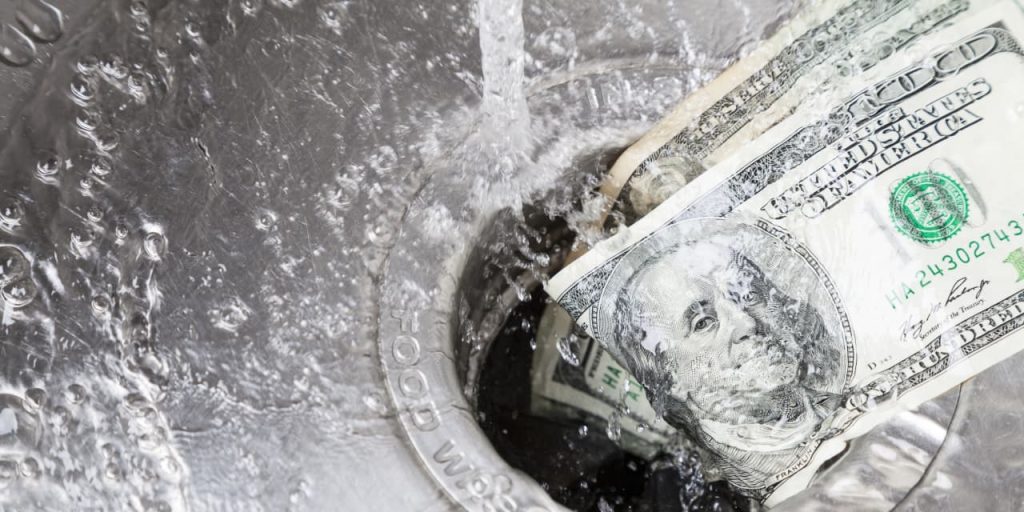Convoy, an online platform that connected truck drivers with freight companies, abruptly shut down in October just 18 months after it was valued at $3.8 billion.
Convoy is merely the latest example of a long decline in the life of a mythical “unicorn” company — startups valued at $1 billion or more. After a gradual increase in their numbers over the mid-2010s, unicorns exploded between 2020 and 2022, with more than 100 created each quarter before dropping below 100 in the third quarter of 2022. The number of IPOs also exploded, with more than 1,000 completed in the U.S. in 2021 alone.
But what goes up must come down and it looks as though the party is over. Investor appetite for IPOs and new unicorns has waned, and the number of startup shutdowns is accelerating because these hopefuls can’t get sufficient funding. Some observers say a “mass extinction” is possible.
Data from several sources say the acceleration in shutdowns has begun. Carta claims that the number of shutdowns for seed, series A and series B or later funding rounds have steadily increased from 51 in the first quarter of 2021 to 212 in the third quarter of 2023. In biotech, for example, the number of shutdowns increased to 22 as of October from seven in calendar 2022.
One reason for the rising number of shutdowns is that VCs aren’t investing enough money to rescue fledgling startups. Pitchbook reports that global VC funding fell from a peak of $213 billion in the fourth quarter of 2021 to $73 billion in the third quarter of 2023.
In the U.S., Pitchbook reports that funding declined from $100 billion in the fourth quarter of 2021 to $33 billion in the third quarter of 2023. The one difference between U.S. and global VC funding was a brief uptick in U.S. funding for the first quarter of this year, which probably came from the $10 billion in funding given to OpenAI, the startup that offers ChatGPT.
Furthermore, one quarter of VC funding went to AI startups in the first half of 2023. Nevertheless, even with the hype of AI, VC funding fell in the second and third quarters of 2023. Without that funding, the decline would have been much larger, and non-AI startups founded many years ago are undoubtedly feeling this pain.
Behind the falling VC funding are the declining share prices for publicly traded startups and number of IPOs. Lower share prices reduce the incentive for investors to do an IPO and fewer IPOs reduce the incentive for VCs to fund startups.
What’s behind these big declines? Big losses. Close to 90% of publicly traded unicorns lost money in 2022 and the percentage is similar for the first half of 2023. Twenty-one of these publicly traded unicorns have cumulative losses larger than those of Amazon.com when it first became profitable in 2004. Moreover, almost 60% of today’s publicly traded unicorns have a ratio of cumulative losses to annual revenues greater than 1.0.
Read: Amazon didn’t make money for a decade, but those losses weren’t even close to what startup companies and their investors face now.
More: ‘Startups no longer are $100 bills on the sidewalk.’ Venture capital is suffering even as the U.S. stock market is surging.
For years, Pomona College finance professor Gary Smith and I have used these figures to suggest that privately traded unicorns are mostly loss-making. The state of privately traded unicorns is important because the number of them is about 1,200, or many times as large as the number of publicly traded unicorns (less than 200 in the world), and perhaps more valuable, about $3.8 trillion at one time. If 90% of them are losing money, then many of them will likely go bankrupt.
“Unicorn startups, despite most being older than 10 years, still require constant new funding to finance their losses.”
But recently, data on privately held unicorns has emerged from Morgan Stanley’s European head of research, who claims that average revenue growth is barely above zero (about 10%) and average EBITDA (earnings before interest, taxes, depreciation, and amortization) is still negative (-30%).
Numbers for the upper quartile of unicorn startups are better, but not by much. Revenue growth is about 40% for the top 25%, but nowhere near the average growth rate of greater than 50% that existed in 2021. EBITDA for the top 25% is also higher than the average of negative 30%, but it is still negative. This means even the top quartile of startups are mostly unprofitable, and remember this is EBITDA, not real profits. Accepted accounting practices include a lot of expenses that are ignored in the EBITDA calculation.
These big losses remind us that these unicorn startups, despite most being older than 10 years, still require constant new funding to finance their losses. If the losses continue, which they probably will, and the VC funding continues to decline, which it probably will, the number of shutdowns will likely continue to grow.
Will this downturn accelerate into a mass extinction event? It is hard to say. There is not enough data, but rising interest rates add more problems. Some are predicting a “coming wave of startup M&A” while some entrepreneurs are creating startups that automate shutdowns. Yes, you heard that right. Reduce the cost of a shutdown, but don’t ask why the frequency of shutdowns and losses are higher than 20 years ago.
Jeffrey Funk is a retired professor, a fellow of the Discovery Institute, and a recipient of the NTT DoCoMo mobile science award. His forthcoming book from Harriman House, is entitled “Competing in the Age of Bubbles.”
More: Adam Neumann says WeWork ‘failed’ to seize opportunities, calls bankruptcy ‘disappointing’
Plus: A wall of debt rolling over: Here’s what’s scaring Bridgewater’s co-CIO
Read the full article here
